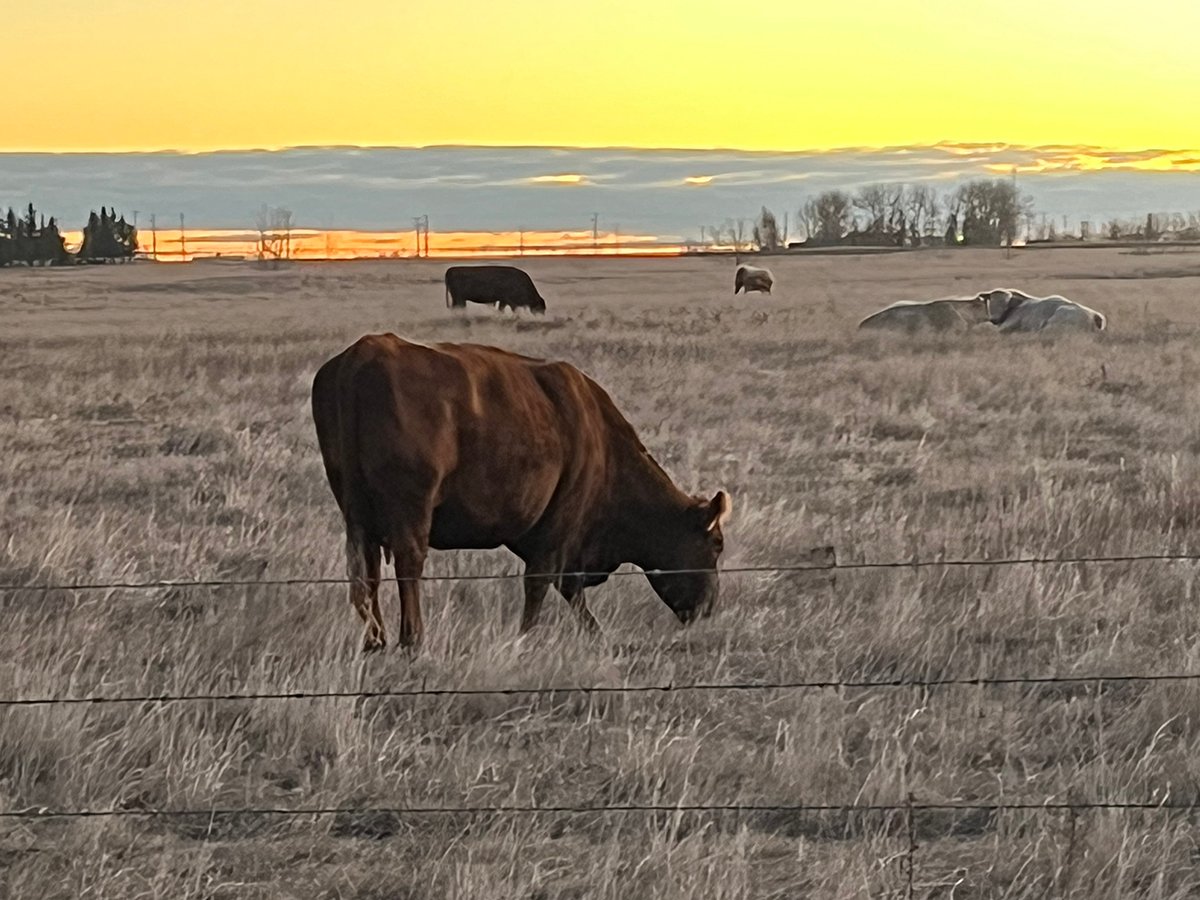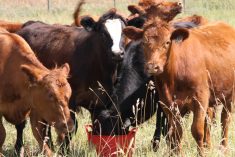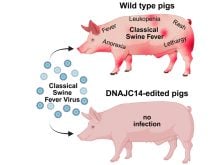HIGH RIVER, Alta. – Western feeder calf movement has changed direction,
with near-record numbers moving east and south to more plentiful feed
supplies.
“There is a very significant change as to where western Canadian cattle
are ending up on feed,” said market analyst Anne Dunford of Canfax.
Canfax forecasts that as many as 350,000 head could head to the United
States this year. About 80 percent are expected to come from Western
Canada.
The last year such a major exodus took place was 1996, when 360,000
Read Also

Animal protection delivery to change in Saskatchewan
The Saskatchewan government is looking for a new agency to handle animal welfare after Animal Protection Services of Saskatchewan decided not to renew its contract next year.
head left for the U.S.
Another shift has seen large numbers departing for Ontario and Quebec.
The average annual migration had been 100,000, but this year 250,000
have been shipped east.
Another major market shift is the low number of American calves
entering Canada through the restricted feeder program. About 10,000
calves, mostly from Montana, have come to Canada this year.
That is down substantially from last year when 170,000 were received in
Alberta and Saskatchewan feedlots.
“The restricted feeder imports have done a 180,” Dunford said at an
Alberta Cattle Commission producer meeting in High River.
She said this shift indicates the market is working because cattle
movement is based on exchange rates, feed prices and cattle
availability.
In spite of successive years of drought and herd dispersals, Alberta
has grown into North America’s third largest cow herd, behind Texas and
Missouri.
This number could change because of high cow kills and relocations in
search of pasture this summer. A final analysis is likely to be
available with Agriculture Canada’s January census figures.
It is already known that about 900,000 cows were killed nationally this
year. Weekly cow slaughter numbers appear to have slowed as more feed
became available.
The cull was heaviest in Alberta and Saskatchewan.
By the end of September, Alberta had killed 177,555 cows and
Saskatchewan 82,000.
It was worse in 1985 when drought-stricken producers trimmed one
million cows from the country’s 3.8 million cow herd.
The 2002 census estimates the national cow herd size at a little less
than five million head.
Heifer sales continue as young females follow the trend of going on
feed rather than staying in the breeding herd. Last year 1.45 million
were fed. This year it will be 1.4 million.
Further bad news has dogged the feeding sector. Loss of equity and
record losses on every animal sold have been deeper and longer than the
industry previously experienced.
Break-evens for the feedlot industry have been dismal.
Last year, the cost of gain was $71 per hundredweight compared to this
year’s average cost of $80 per cwt., which includes feed,
transportation and veterinarian bills.
“Loss of equity has affected the cattle feeding sector’s purchasing
ability,” Dunford said.
Feed grain availability is another problem.
This year’s barley harvest is estimated to be 7.7 million tonnes and
the U.S. corn harvest may be less than nine billion bushels.
“The crop is not going to match usage,” she said.
The Canadian herd continues to be highly productive. Beef production is
at record levels of 3.5 billion pounds. Average carcass weights are
pushing 850 lb. per animal.
However, beef demand has remained steady with last year’s strong
showing.
While cattle producers received less than 50 cents a lb. for cull cows
and fat cattle prices have plunged, retail prices remained strong
throughout the year.















